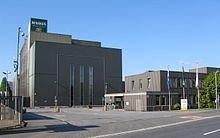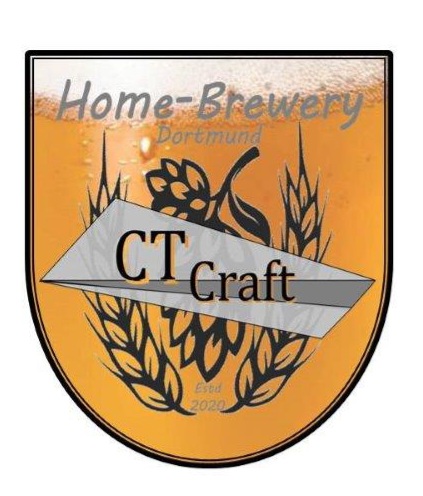Description
1868 is a milestone in German brewing history: the coal and steel boom in Dortmund is in full swing. A new era has started. The businessmen Laurenz Fischer and Heinrich as well as Friedrich Mauritz founded the ultra-modern steam brewery together with the brewer Heinrich Herberz, the beer brewery Herberz & Cie. 1872 Business is going well. The brewery is constantly expanding and a malt house is added. The brewery becomes a public limited company under the name "Dortmunder Actien-Brauerei, formerly Herberz & Co." DAB enters the export market and fills its first barrels for overseas destinations. Customers in Africa, India, Japan and Australia appreciate the excellent quality of DAB beer. Prof. Carl Linde personally supervises the installation of a chiller of the type he developed. Permanent cooling is now available in the basement. This lays the foundation for the predominance of soil fermentation. 1885 Annual production exceeds 100,000 hectoliters, a tremendous achievement for the time. 1900 DAB's “Dortmunder” beer wins the highest international honors. DAB is awarded a Gold Medal at the Paris World's Fair. 1913 DAB is awarded the Prussian State Medal for special achievements in brewing at the Düsseldorf fair. 1914-17 The First World War interrupted decades of steady growth. Many employees are moved in. Beer quality suffers from the low malting barley rates. Civilians can only get beer if they work in industries essential to the war effort. Beer production, which had reached 250,000 hectoliters in 1913, collapsed. 1917 DAB receives its own railway sidings, allowing goods trains to be loaded directly from the factory ramp. 1930937 The Dortmund Actien brewery is awarded the "Grand Prix" for the high quality of its beers at the Paris World Exhibition. 1939 DAB presents its products at the New York World's Fair. After years of recession, currency reform ends one of the blackest chapters in German economic history in the mid-1920s. Once again, good beer is available for good money. By 1930, production at DAB reaches about 770,000 hectoliters. 1939-45 Dortmund, the center of German coal mining, was almost completely destroyed in the Second World War. 19491963 1959 DAB begins to replace wooden drums with aluminum drums that are lighter and easier to use. The changeover was completed by 1963. DAB again shows its leading role in the brewing industry. In 1966/67, DAB invested DM 9 million in light plastic crates and bottles according to European standards, which became the standard for reusable bottles in Germany. DAB is also one of the first breweries to replace the swing top seals and Steinie bottles previously used. 1968 DAB celebrates its 100th anniversary and produces 1.6 million hectoliters of beer. 1971 DAB acquires a majority stake in the Hansa brewery, which is also based in Dortmund. 1983 After three years of construction, a new brewery is put into operation on the 100,000 m² site of the former Hansa brewery, which is the setting for many milestones in Dortmund's brewing history. The new plant is one of the most advanced in Europe. The new DAB plant is the largest brewery in the Ruhr area in 1984 and produces 2.8 million hectoliters of beer annually. 1990 A new filling system for filling 80,000 returnable bottles per hour is completed. 1991 Effective September 30, 1991, Binding-Brauerei AG acquired the DAB shares of Dr. August Oetker KG. 1996 Foundation of the Dortmund Brauallianz in October 1996. DAB takes over the brands and distribution rights of the Kronen Brauerei Dortmund. 1997 DAB increases its brewing capacity from 3.4 million to 4 million hectoliters. The expansion is necessary due to the market growth and the acquisitions of previous years. 1999 DAB starts up a new high-capacity drum filling system. 2003 The local brands and products of the Dortmund Actien brewery are given a new design that is reminiscent of historical models. They will be adapted to the international brands in 2004. 2012 design relaunch of the DAB packaging range.















